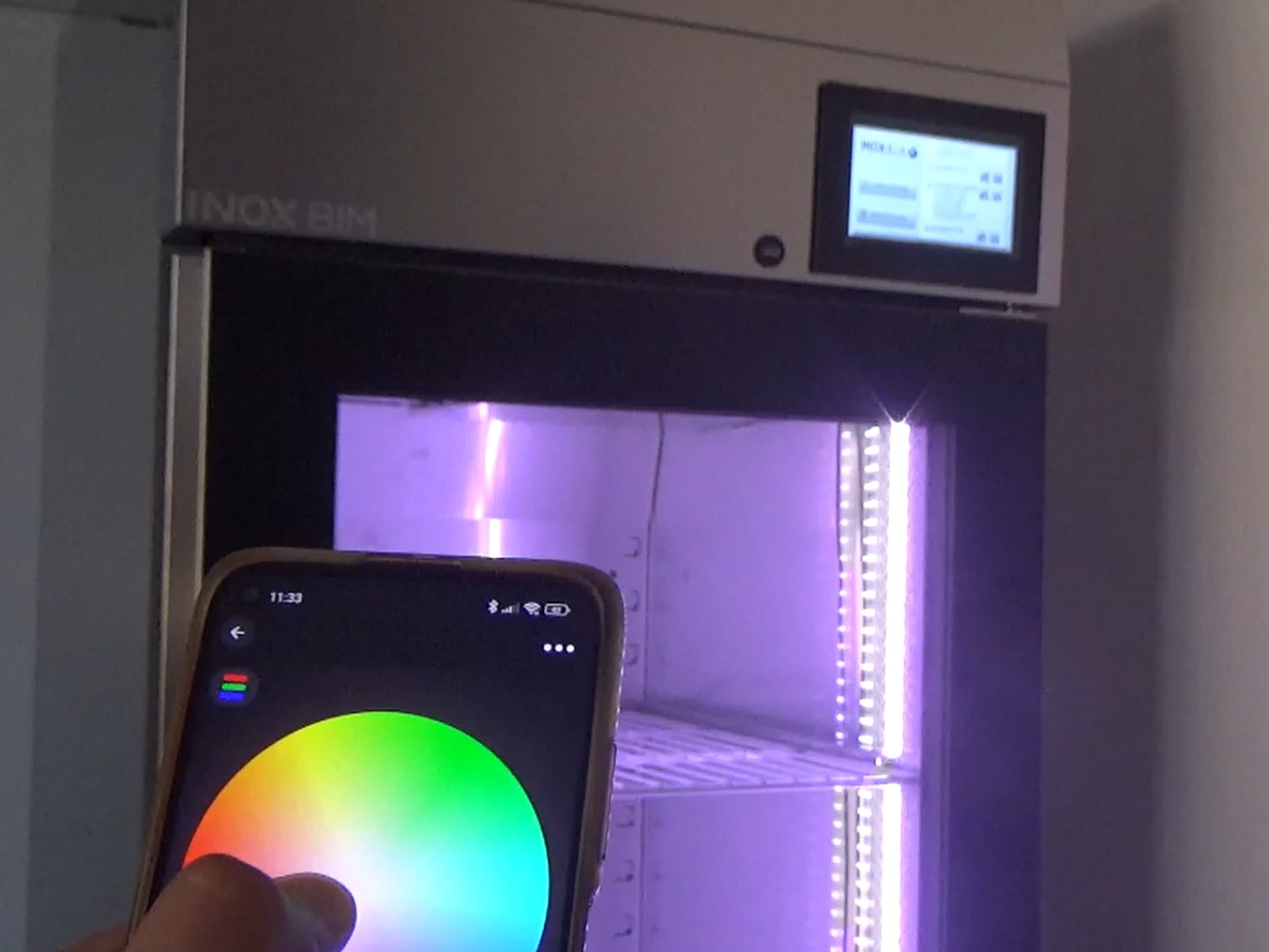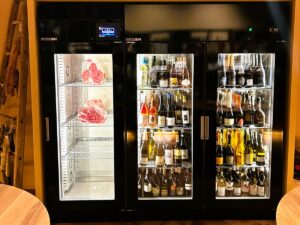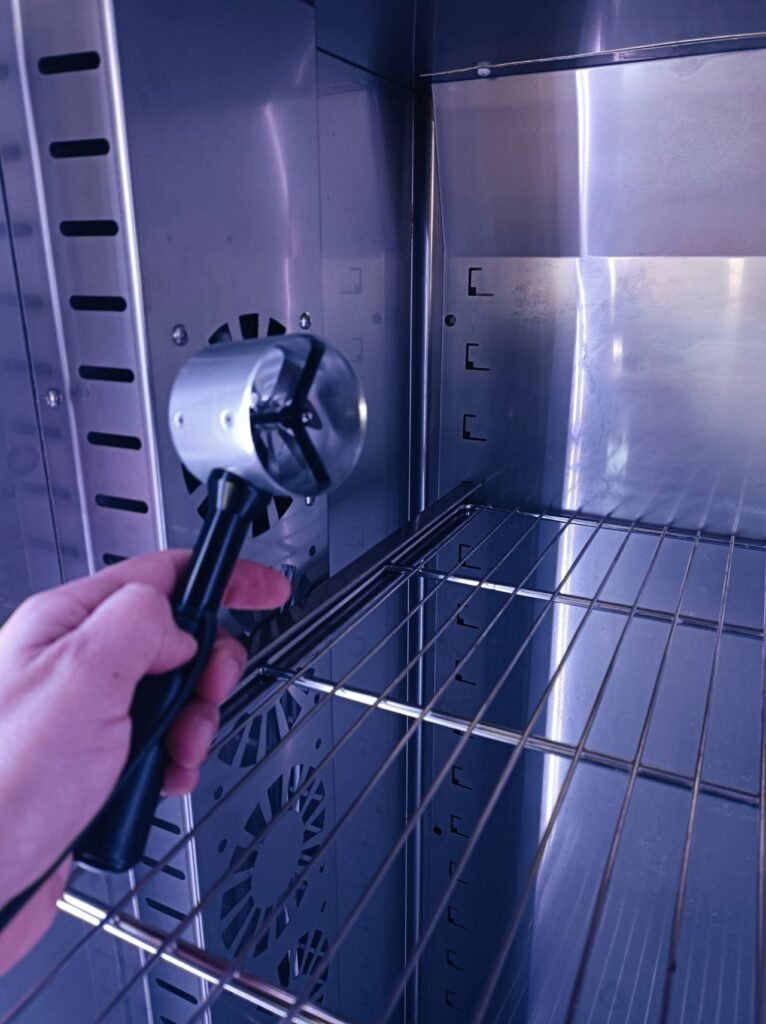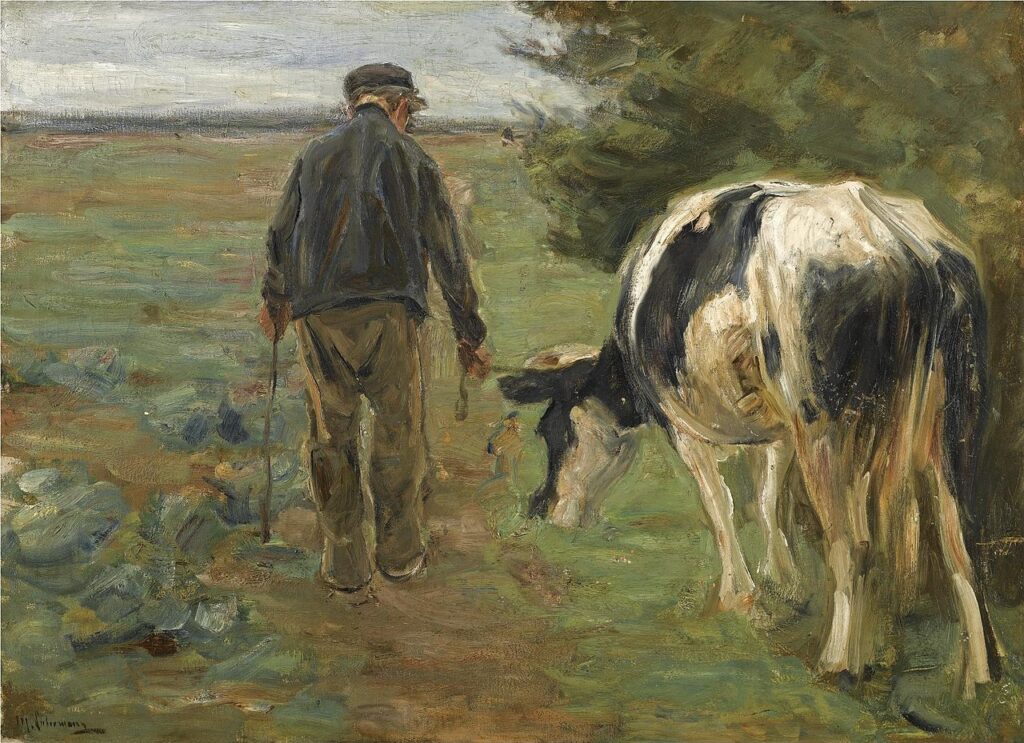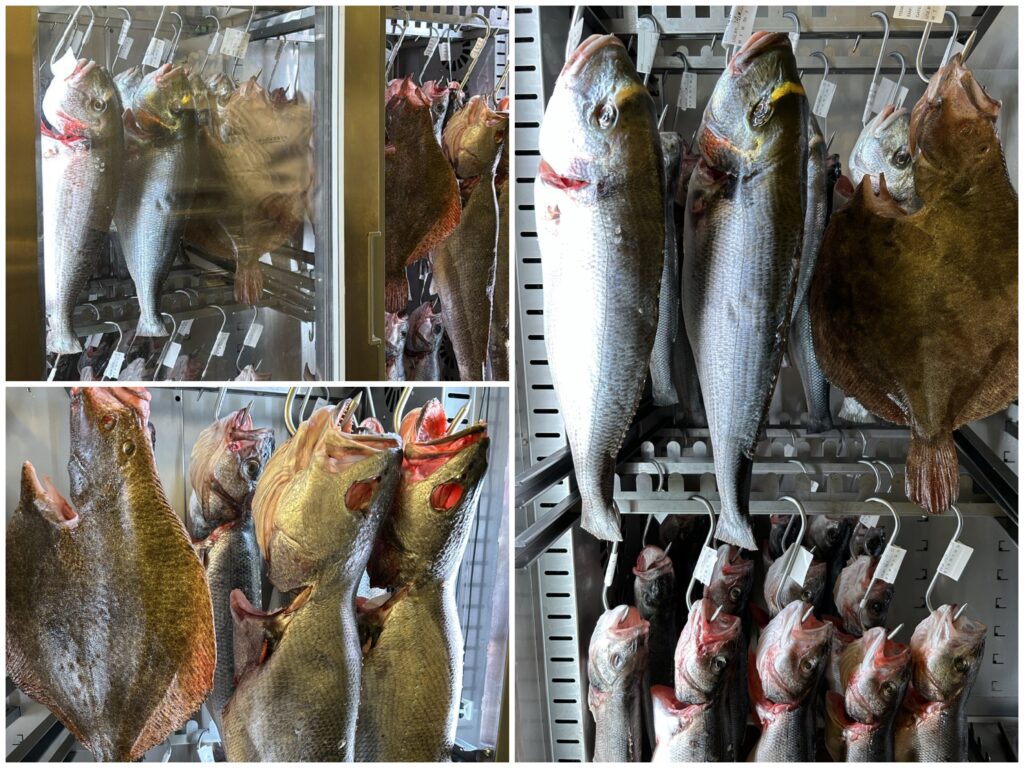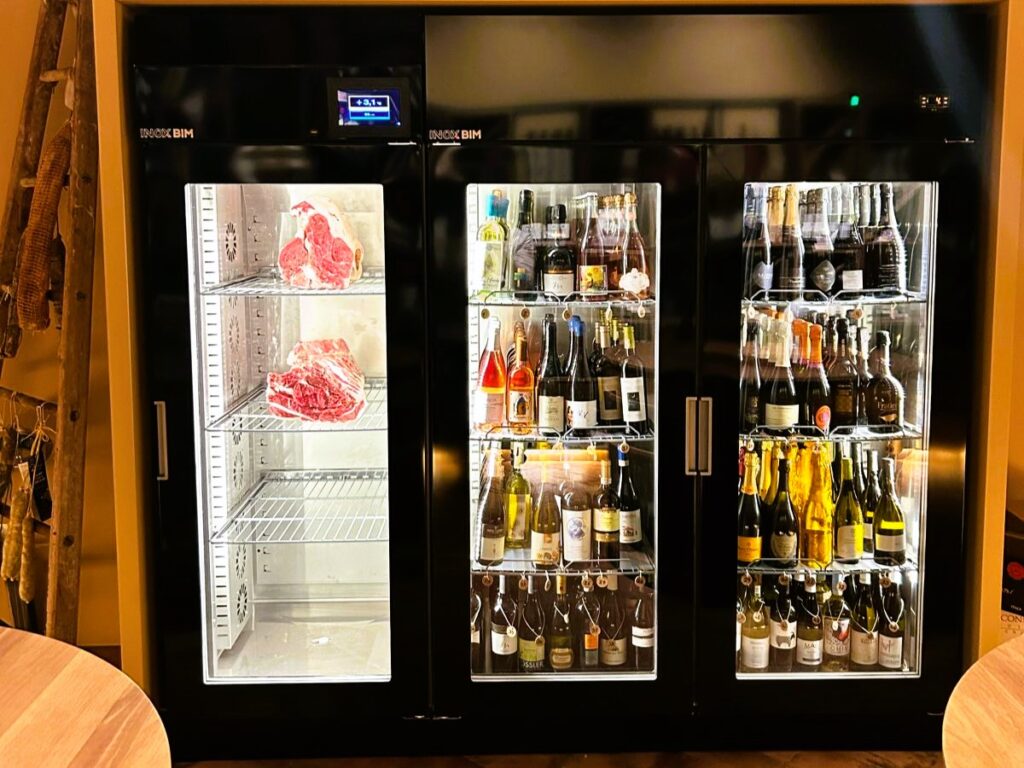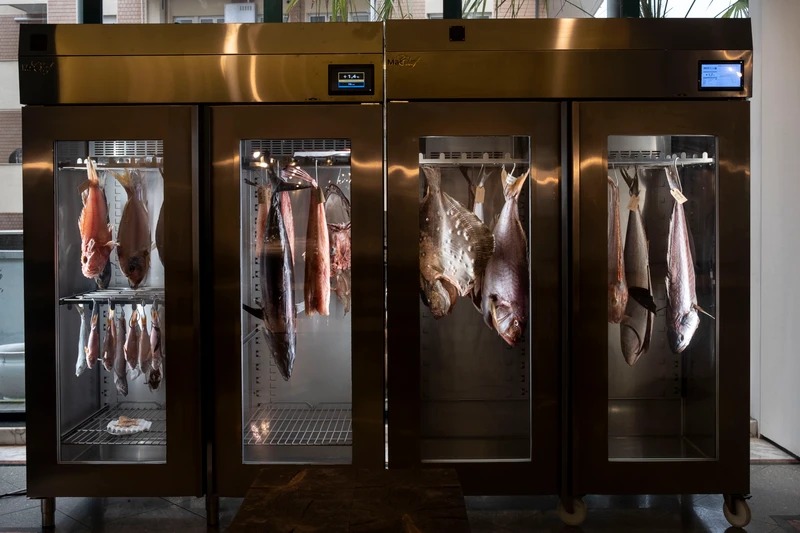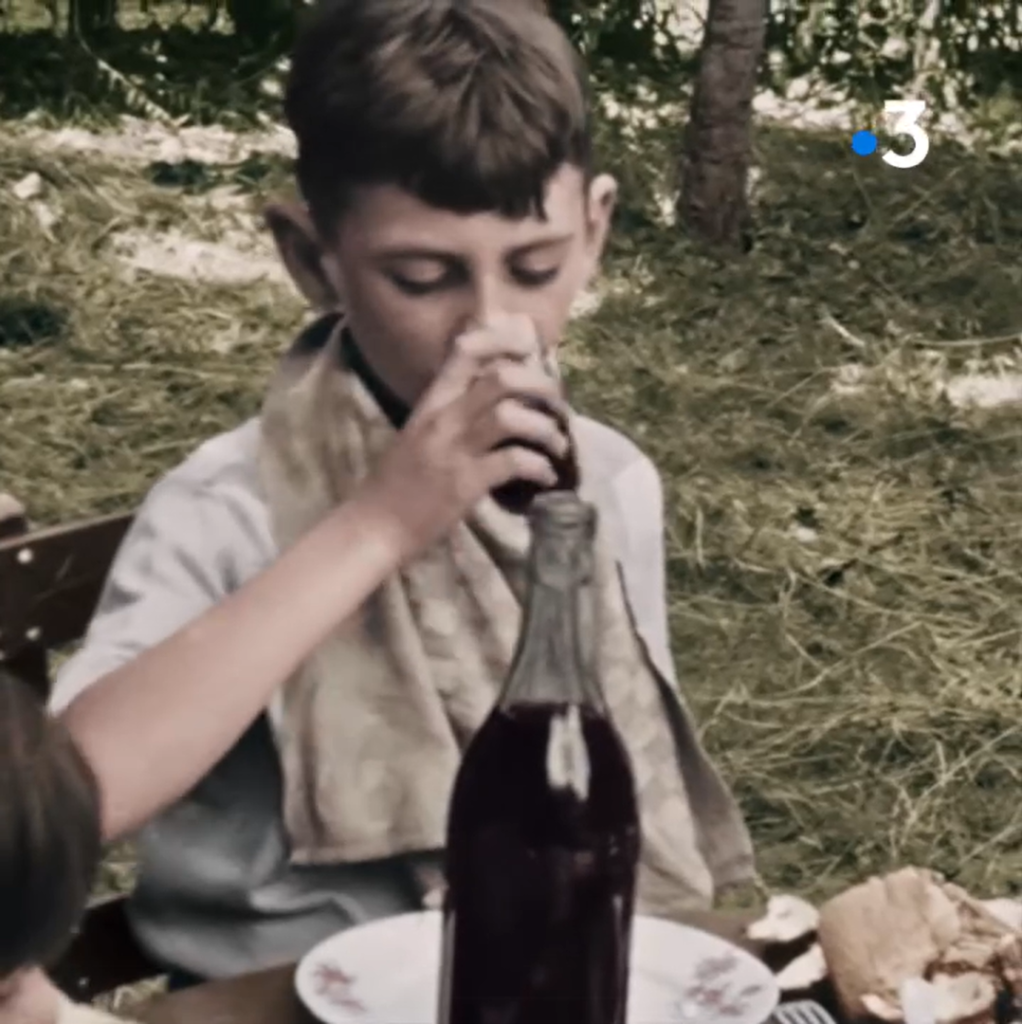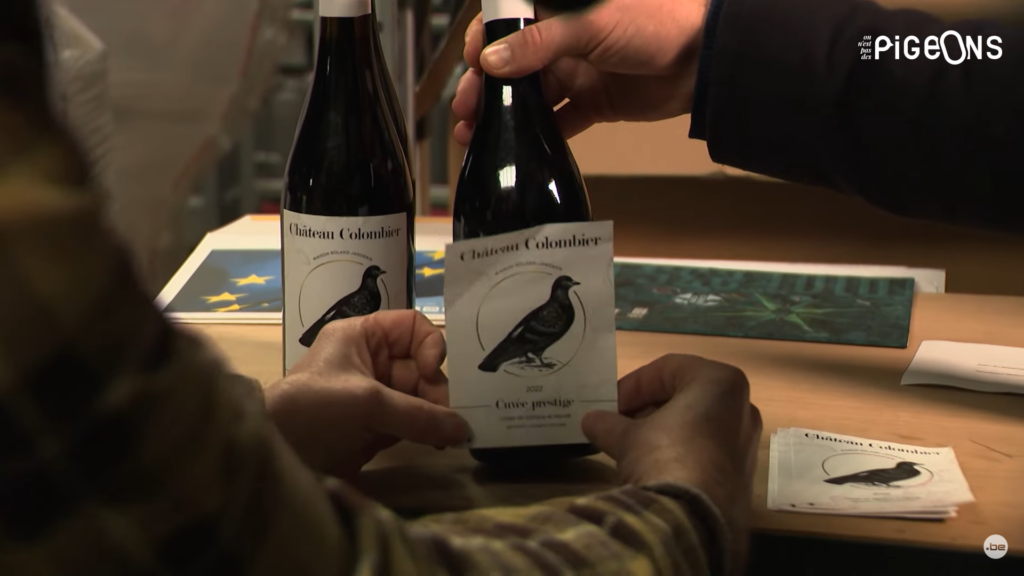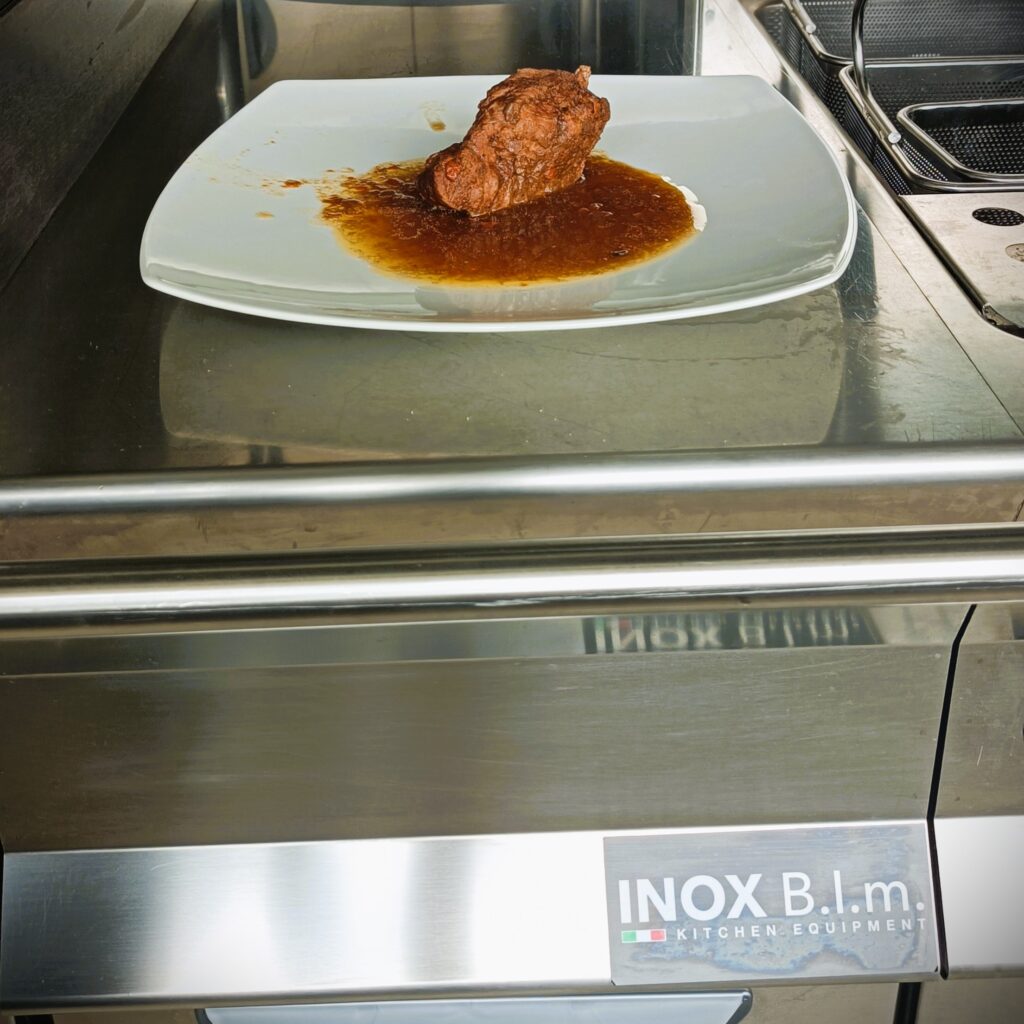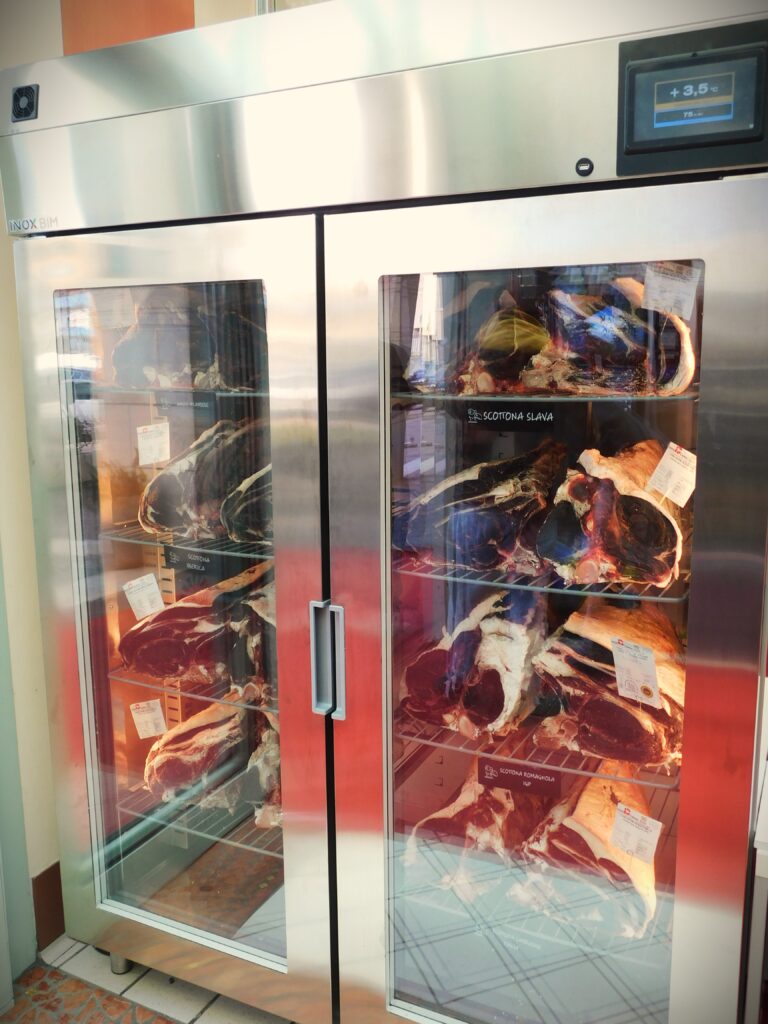We eat first of all with our eyes.
Marcus Gavius Apicius. Sometime during the 1st Century b.C.
The way a potential customer sees a food is a fundamental factor in deciding whether to buy it. Seeing a nice steaming dish, even just in a photo, triggers sensations in us that lead us to opt for the purchase.
Ghrelin, also known as the “appetite hormone” (or if you prefer, the so-called “mouthwatering sensation”), is responsible for this.
« Flavour perception is multisensory, with all of the senses, including vision, audition, smell, and touch potentially helping to shape the experience of flavour (…). Vision appears to be indirectly dominant in multisensory flavour perception, due to its role in helping to set taste/flavour expectations that then subsequently anchor the ensuing taste experience»[1].
Hence: «Increasing visibility of target products through visual images or visible spatial arrangement is a key factor at the point of purchase»[2].
And this is the central focus of the display case and glass-door cabinets by Inox Bim.
Refrigerated, with humidity and ozone control (as optional), and remote management.
And, above all, equipped with LED LIGHTS!

What is the purpose of lighting?
«There is an interaction effect between lighting color and food color in encouraging and discouraging one’s appetitive feeling»[3]: Lighting is therefore an indispensable tool for sparking customers’ interest and to push them to purchase.
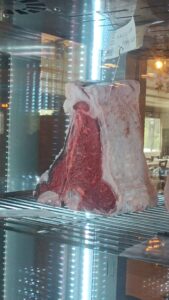 «Light is an important marketing tool due to the fact that it has an impact on consumer emotions and retail atmosphere. (…) lighting represents a significant part of the shopping environment and with some types of fresh non-packed goods is the only and crucial marketing tool»[4].
«Light is an important marketing tool due to the fact that it has an impact on consumer emotions and retail atmosphere. (…) lighting represents a significant part of the shopping environment and with some types of fresh non-packed goods is the only and crucial marketing tool»[4].
If we bring it all back to the restaurant business, lighting can therefore push the potential buyer to purchase, and consequently to consume, the food on display. Not only “counter” products, as such in a pastry shop or rotisserie; but also dry-aged meat or fish steaks, if the display is in full view in the lounge room!
There are also studies that show how the color of the background (be it the lights, but also, for example: the plates, the tablecloth, etc.) can influence the perception of the taste of a dish, although it is not yet clear how it does so[5]!
What kind of lights?
As we were saying, the Inox Bim Column Display Showcases, as well as the cabinets with glass doors, use LEDs.
These are adjustable: through an app, you can decide the color, the gradation, the interval between various shades…
The LED lamps mounted on the Inox Bim machines have a color index (Ra) of 80: a fairly high value that allows you to enhance the shades of the illuminated goods, and to reproduce their colors as faithfully as possible.
We believe that these are the most appropriate lights: both because of their low energy consumption, and because it has been demonstrated that they are a more effective “nudge” towards the customer than halogen or fluorescent lamps[6].
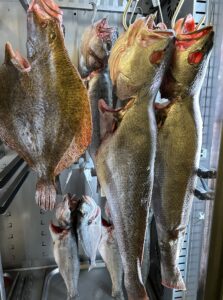
What shade?
As for the color of the light, the general rule is:
use a shade that is similar to that of the product[7].
However, we have examined some studies, and listened to the opinions of experts in the sector: for each product, there is a type of lighting that is more suitable!
Meat
As for red meat, as expected, shades of red are advisable[8].
Beef cuts are most attractive when highlighted with a dark red, brownish hue. A more pinkish color for pork; pale white or beige for chicken[9].
Pieces of meat that are in the process of dry-ageing, that is, already visually oxidized, can appear more inviting if illuminated with a pink hue that highlights the color of the meat, but also the “bony” white of the fat.
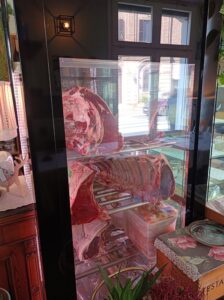
Cold Cuts
The light yellow/gold shade, also considered to be an “appetite stimulant”[10], sembra essere seems to be an excellent choice for displaying salami during the maturing phase.
Otherwise, even a pale pink color, typical of butcher’s shops, could be indicated.
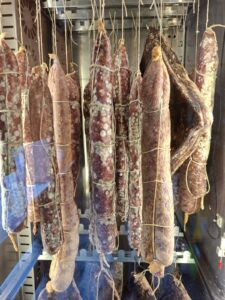
Seafood
Dry-aged fish can be illuminated with shades of blue tending towards violet, which recall the color of the seabed.
With fish such as sea bass, rainbow trout or grouper, you can also opt for a silver color.
In the presence of fish of different colors, perhaps with more “vivid” colors such as salmon or gurnard, you can opt for a bright “neutral” white, which enhances the vivacity of the colors.

Bread and Pastry
In a 2022 study, in which 80 people were asked to express their preferences for bread and confectionery products displayed in display cases with different lighting, it was concluded that: «Bread was more suitable to be displayed under light sources with high illuminance levels and low correlated colour temperatures (red-orange) while cakes turned out to be more appealing under light sources with high illuminance and relatively higher correlated colour temperatures (blue-purple) »[11].
In another study (from 2015), light that increased the contrast of colours too much was not recommended, as well as white light with strong shades[12].
We imagine that an appropriate choice is to opt for a pale light of a similar color to that of the displayed product.
Wine
Wine, being in bottles with labels, is different from the other products mentioned above: here other aesthetic factors related to packaging come into play.
However, it has been proven that «with brighter lighting, the customer is led to examine the bottle of wine in more detail»[13].
[1] On tasty colours and colourful tastes? Assessing, explaining, and utilizing crossmodal correspondences between colours and basic tastes. C.Spence; X.Wan; A.Woods; C.Velasco; J.Deng; J.Youssef; O.Deroy. 2015
[2] Sensory Nudges: The Influences of Environmental Contexts on Consumers’ Sensory Perception, Emotional Responses, and Behaviors toward Foods and Beverages. H.S.Seo. 2020
[3] Bon Appétit! An investigation about the best and worst color combinations of lighting and food. H.J.Suk; G.L.Park. 2012
[4] How can food retailing benefit from neuromarketing research: a case of various parameters of store illumination and consumer response. J.Berčík; E.Horská; W.Y.Wang; Y.C.Chen. 2015
[5] «And although explanations for the fact that the background colour (e.g., of the plate, cup, pot, etc.) impacts taste/flavour perception are not yet fully worked out, the results of a growing number of empirical studies now support the view that product extrinsic colour really does matter». Background colour & its impact on food perception & behaviour. C.Spence. 2018
[6] «The Wilcoxon signed rank test clearly proved that the valence of the respondents is different with accent lighting while it was the most dissimilar with the positions with LED light source compared to halogen and fluorescent lamp. At the same time was detected the highest amount of positive emotions with this type of lighting. This LED spotlight has the lowest electricity consumption among all the used types of lighting». How can food retailing benefit from neuromarketing research: a case of various parameters of store illumination and consumer response. J.Berčík; E.Horská; W.Y.Wang; Y.C.Chen. 2015
[7] Bon Appétit! An investigation about the best and worst color combinations of lighting and food. H.J.Suk; G.L.Park. 2012
[8] «Color Temperature of 2800 to 3500 Kelvin. Color Rendering Index (CRI) of 80 to 90. Higher proportions of red light are desirable for meat product display». Meat Lighting facts. M.C.Hunt; M.Seyfert; D.H.Kropf; C.R.Raines. 2009
[9] Effect of illumination source on the appearance of fresh meat cuts. S.Barbut. 2001
[10] Bon Appétit! An investigation about the best and worst color combinations of lighting and food. H.J.Suk; G.L.Park. 2012
[11] The impact of illuminance level, correlated colour temperature and viewing background on the purchase intention for bread and cakes. W.Chen; X.Wu; Z.Liu; Y.Liu; Q.Liu; M.Pointer; J.Liang; T.Khanh. 2022
[12] A study of preferred colour rendering of light sources: Shop lighting. F.Szabo; R.Keri; J.Schanda; P.Csuti; A.Wilm; E.Baur. 2015
[13] The influence of in-store lighting on consumers’ examination of merchandise in a wine store. C.Areni; D.Kim. 1994

 Italiano
Italiano
